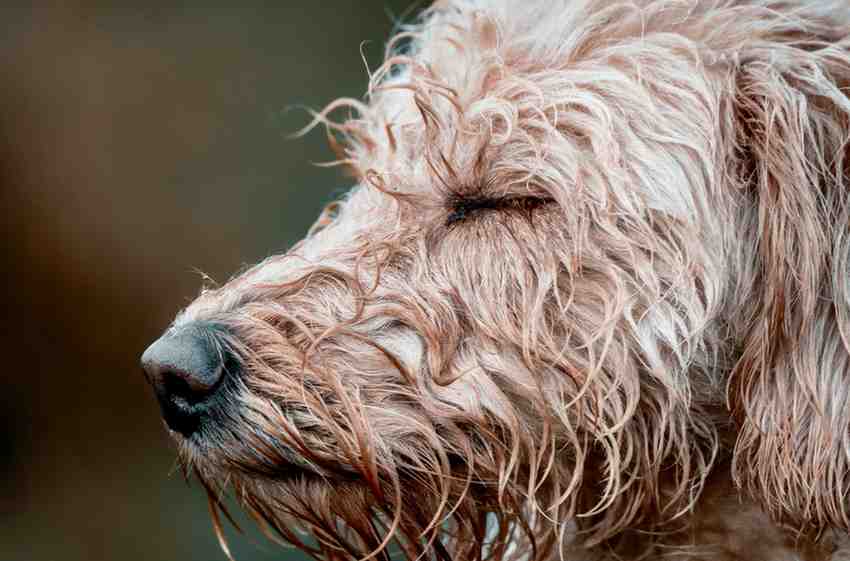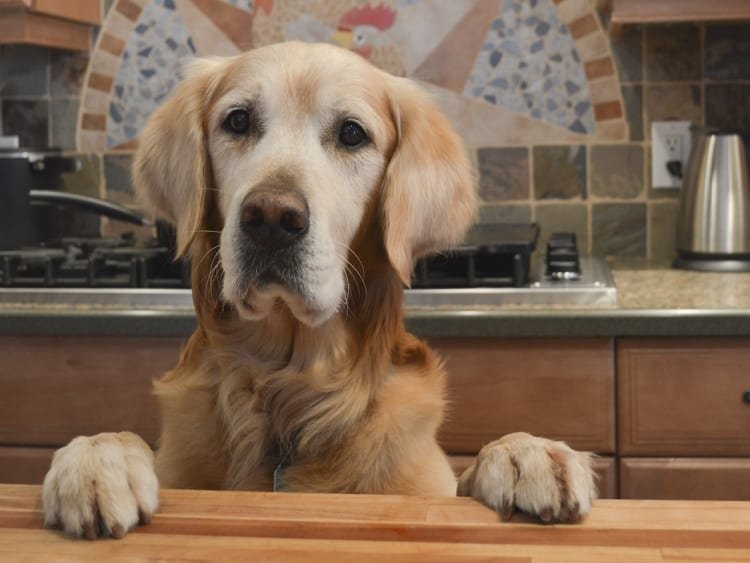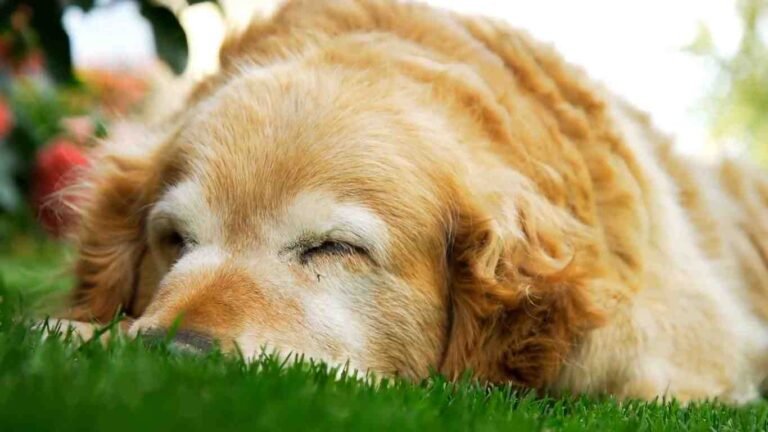Goldendoodles are a bundle of joy wrapped in soft fur, and their lovable personalities make them a favorite choice for families everywhere. But did you know there are different types, sizes, and generations of Goldendoodles? If you’re considering bringing one into your home, understanding these differences is important. Whether you’re short on time or ready to dive into the details, this guide will answer all your questions.

Goldendoodles are a mix of Golden Retrievers and Poodles, and this mix creates a variety of coat types, sizes, and genetic traits. Let me share everything I know about these amazing dogs. This includes my own experiences, research from experts, and even a funny moment or two.
What Makes Goldendoodles Unique?
Goldendoodles come in different coat styles, sizes, and genetic combinations. These variations make them adaptable to a wide range of households, whether you live in a city apartment or on a big country farm. Their coats can be curly, wavy, or straight, and they come in colors like cream, gold, red, and even black. Some Goldendoodles hardly shed, which is great for people with allergies.
I remember meeting my neighbor’s Goldendoodle, sheeno, who was a tiny, curly-haired bundle of energy. She barely shed a single hair, which amazed me because my Golden Retriever sheds enough to knit a sweater.
The Different Types of Goldendoodle Coats
One of the first things people notice about Goldendoodles is their coat. They can look quite different depending on their genes.
| Coat Type | Description | Suitability |
|---|---|---|
| Curly Coat | Looks like a Poodle’s coat; tight curls and minimal shedding. | Great for allergy sufferers. |
| Wavy Coat | A blend of Golden Retriever and Poodle coats; soft and slightly curly. | Moderate shedding; the most common coat type. |
| Straight Coat | Similar to a Golden Retriever; sleek and smooth. | Heavier shedding; may need frequent brushing. |
Curly coats are more work because they need regular grooming, but they are worth it if shedding is a concern. Wavy coats are the most popular since they’re easy to maintain and look adorable. Straight coats? Well, they remind me of my Retriever, fluffy and carefree but with a need for constant brushing.
You may interested: English Cream Golden Retriever
Goldendoodle Sizes:
Goldendoodles come in a variety of sizes, so whether you want a big jogging buddy or a lap-sized companion, there’s a size for you.
| Size | Weight | Height | Ideal For |
|---|---|---|---|
| Mini Goldendoodle | 15–35 pounds | 13–20 inches | Apartments, small families, or less active owners. |
| Medium Goldendoodle | 35–50 pounds | 17–20 inches | Balanced households needing an adaptable size. |
| Standard Goldendoodle | 50–90 pounds | 20–26 inches | Active families with plenty of space. |
| Micro/Teacup | 10–15 pounds | 10–12 inches | People wanting a tiny, portable pet. |
When I first saw a teacup Goldendoodle, I thought it was a stuffed animal! It was tiny enough to fit in a handbag but full of personality. On the other hand, my friend’s Standard Goldendoodle, Max, loves to race around their big backyard and play fetch for hours.

Studies suggest that smaller Goldendoodles tend to live slightly longer than their larger counterparts, so size may affect lifespan.
Goldendoodle Generations: What Does F1 or F1B Mean?
Goldendoodles are often labeled by their generations, such as F1 or F1B. These terms tell you how much Golden Retriever and Poodle is in their genetics.
| Generation | Mix | Coat Traits | Best For |
|---|---|---|---|
| F1 (First Generation) | 50% Golden Retriever + 50% Poodle | Balanced coat traits; moderate shedding. | Families wanting a mix of both breeds. |
| F1B | 75% Poodle + 25% Golden Retriever | Curlier, less shedding. | Allergy sufferers. |
| F2 | Two F1 Goldendoodles bred together. | Unpredictable traits; varies greatly. | People okay with coat variation. |
| F2B | F1 Goldendoodle + F1B Goldendoodle. | Consistent hypoallergenic coat. | Households with allergy concerns. |
| F3 (Multi-Gen) | Breeding two F2 or higher generations. | Highly refined traits. | Perfect for experienced breeders. |
F1 Goldendoodles are a good choice if you want the best of both worlds. F1B Goldendoodles, with their curlier coats, are ideal for homes with allergy concerns. I’ve seen an F2B Goldendoodle at a local park, and its coat was so consistent and soft that people couldn’t stop petting it.
How to Choose the Perfect Goldendoodle for Your Family
Choosing the right Goldendoodle depends on your lifestyle and preferences.
- Consider Allergies: If you or someone in your home has allergies, look for an F1B or F2B with a curly coat.
- Think About Space: A Mini or Micro Goldendoodle fits well in smaller homes, while a Standard Goldendoodle needs room to run.
- Energy Levels: All Goldendoodles are playful, but Standard ones may require more exercise.
I’ll admit, as much as I adore large dogs, I sometimes wish I had a smaller Goldendoodle for easy travel.
Grooming and Care for Goldendoodles
Goldendoodles need regular grooming, especially those with curly coats. Studies show that curly-haired breeds are more prone to matting. Weekly brushing and a trip to the groomer every six weeks will keep their coat healthy.
Feeding your Goldendoodle a balanced diet is crucial. My Retriever thrives on high-quality kibble with occasional treats like carrots, which Goldendoodles also love.
Exercise is equally important. A Standard Goldendoodle might need 60 minutes of play daily, while a Mini can do well with 30 minutes.
Related Post: Control Golden Retriever Shedding
In Short
Goldendoodles are a wonderful mix of intelligence, affection, and adaptability. With their variety in sizes, coat types, and generations, there’s a Goldendoodle for everyone.
Whether you’re looking for a jogging partner, a snuggle buddy, or a family pet, these lovable dogs will fit right into your life. Remember to choose based on what’s best for your household, and your Goldendoodle will reward you with endless love and joy.



